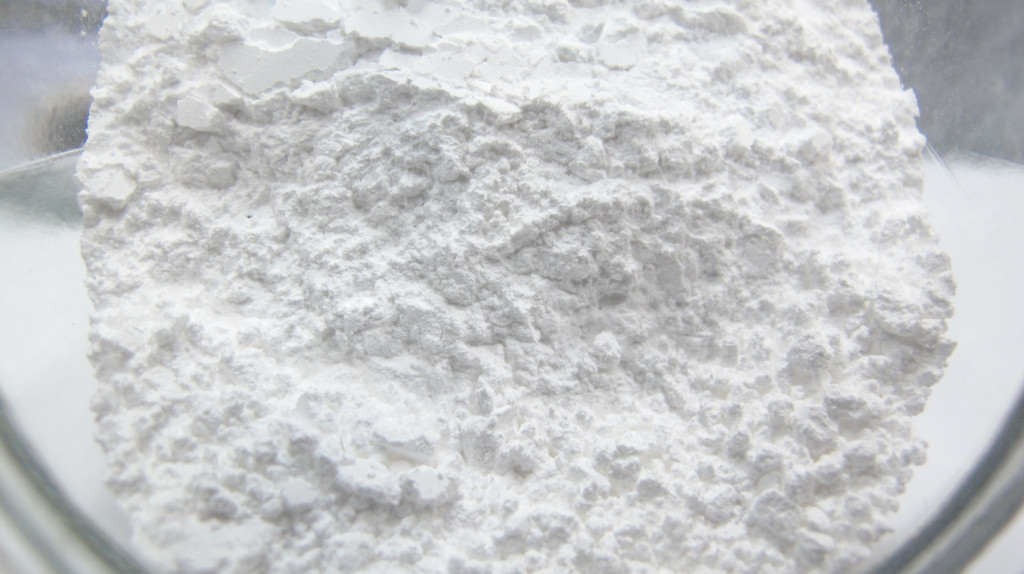Introduction
During the preparation of metallographic samples, whether they are metals, composite materials, or electronic materials, the use of metallographic sandpaper is usually the first step. The purpose is to remove the damage and deformation layer caused by the cutting process, which is the coarse grinding stage and serves as preparation for subsequent polishing. This step is critical because if not handled properly, it will affect the results of later processes and may even prevent the sample from being properly ground, making it impossible to perform the final metallographic analysis. With this in mind, the editors at Lianneng Metallography have a few suggestions to share, which should help improve your sample preparation work.
Suggestions
Suggestion 1: Replace metallographic sandpaper in time
New metallographic sandpaper has sharp and pointed abrasive particles. In contrast, used sandpaper’s abrasive particles are rounded off or broken, with the particles buried in the adhesive layer. At this point, the sandpaper has reduced grinding ability, low removal efficiency, and increases the chances of rubbing against the paper base. Below is a comparison of the sample surface.
The surface polished with old sandpaper has smoothed-over scratch marks, lacking the clear three-dimensional features seen in samples polished with new sandpaper. Although the old sandpaper might make the surface appear smoother, it actually increases the depth of the deformation layer, creating an illusion of better preparation due to the surface’s enhanced reflectivity. Therefore, always remember to replace worn-out sandpaper promptly.
Suggestion 2: Thoroughly rinse the sample
After using each grit of metallographic sandpaper, the sample should be thoroughly rinsed. This step is crucial to avoid cross-contamination. If large abrasive particles from the previous step remain on the sample, they may create deeper and harder-to-remove scratches. In some cases, repeated grinding may worsen the condition. It’s vital to wash both the sample and the grinding disc thoroughly before moving on to the next grit of sandpaper.
Suggestion 3: Avoid abrasive particle embedding
When preparing softer, low-melting-point metals, it’s common for small abrasive particles to embed in the sample. To prevent this, you can apply a thin layer of paraffin or candle wax to the sandpaper before grinding. This method effectively reduces particle embedding. However, be careful not to apply too much wax, as it may reduce the removal efficiency of the sandpaper. With practice, you’ll get the hang of applying just the right amount.
Alternatively, you can use polishing paste or diamond grinding discs instead of sandpaper, depending on the material and purpose of your experiment.
These tips from Honway Industrial are intended to help you achieve the best results when using metallographic sandpaper for grinding and polishing.
If these suggestions don’t solve your problem, feel free to contact our engineers for professional advice. There is always a solution, and we are here to explore it with you!

